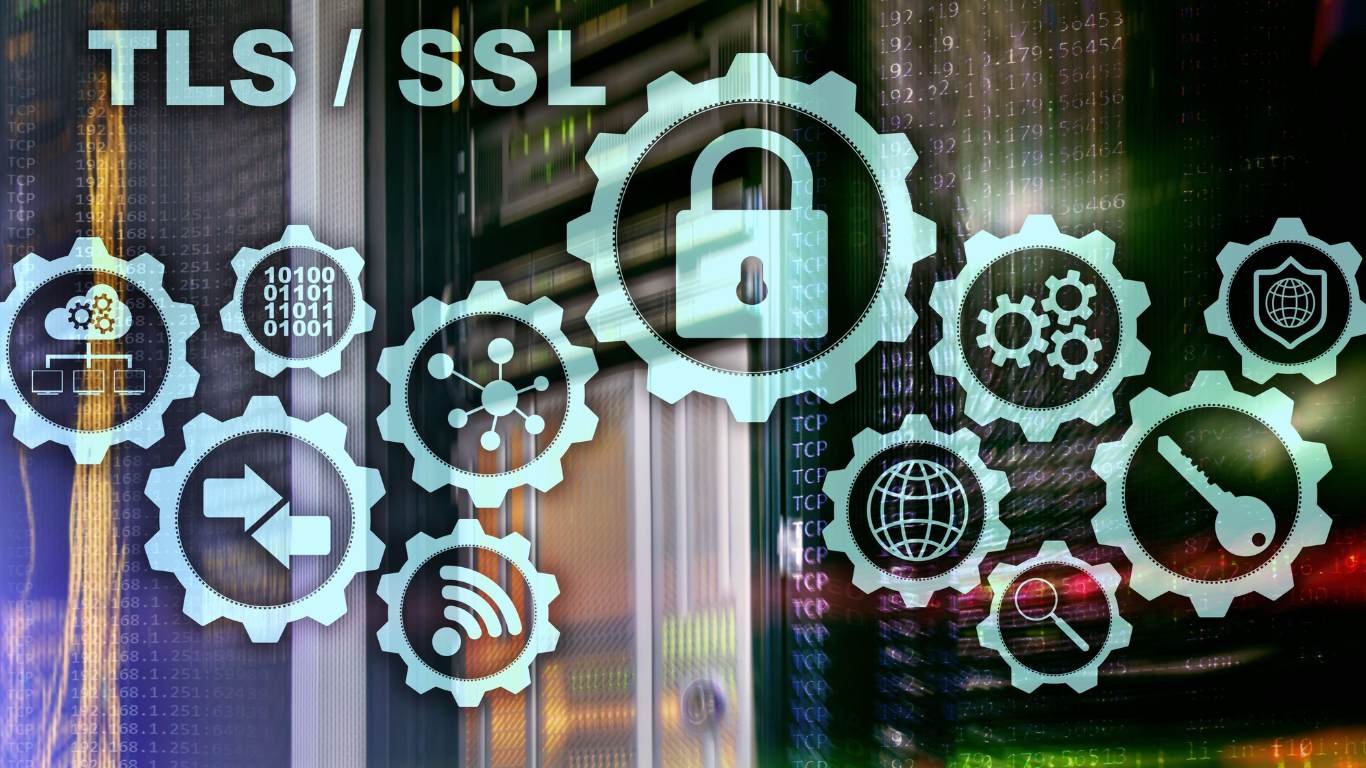Transport Layer Security (TLS): Ensuring Secure Communication in the Digital Age
Vikash Jain
. 2 min read
In the ever-evolving digital landscape, the security and privacy of data transmission have become paramount. Transport Layer Security (TLS) is a cryptographic protocol that plays a crucial role in ensuring secure communication over computer networks, most notably the internet. TLS has replaced its predecessor, Secure Sockets Layer (SSL), as the primary security protocol for web communication due to its enhanced security features and improved performance. Additionally, with the rising popularity of video chat and real-time communication, TLS has also become essential in safeguarding sensitive information during online interactions, providing a secure foundation for seamless and protected video conferencing. This article aims to provide an overview of TLS, its history, functionalities, and its significance in ensuring secure data transmission, including video chat and other online activities.

Aims to Provide an Overview of TLS
Evolution of TLS: From SSL to TLS
The need for secure communication arose with the rapid expansion of the internet in the 1990s. SSL was the first widely used protocol to address this need. However, with the discovery of several vulnerabilities, SSL was eventually replaced by TLS, which is an improved and more secure version. The development of TLS was driven by industry leaders and standardization bodies to create a safer online environment.
TLS Handshake: Establishing a Secure Connection
The TLS handshake is a crucial process that occurs at the beginning of any secure communication session. During the handshake, the client and server negotiate encryption algorithms, authenticate each other's identities, and establish the encryption keys necessary for secure data transmission. The process involves several steps, including:
a. Client Hello: The client initiates the handshake by sending a "Hello" message to the server, indicating its preferred TLS version and supported encryption algorithms.
b. Server Hello: In response, the server selects the appropriate TLS version and encryption algorithm from the client's list and sends its own "Hello" message back to the client.
c. Certificate Exchange: The server provides its digital certificate, containing its public key and identity information, to the client for authentication purposes.
d. Key Exchange: The client generates a random secret key, encrypts it using the server's public key from the certificate, and sends it back to the server. Both the client and the server now possess the shared secret key.
e. Session Key Generation: The client and server use the shared secret key to independently generate symmetric session keys that will be used for encrypting and decrypting data during the session.
Encryption and Decryption
Once the handshake is complete, TLS employs symmetric encryption algorithms to secure the data exchanged between the client and server. The symmetric session key generated during the handshake is used to encrypt and decrypt the data, ensuring confidentiality and integrity during transmission.
TLS Certificates and Public Key Infrastructure (PKI)
TLS certificates are a crucial component of the protocol, as they validate the identity of the server to the client. These certificates are issued by trusted Certificate Authorities (CAs) that are part of a Public Key Infrastructure (PKI). The PKI helps establish trust in the authenticity of the certificates, ensuring that the client communicates with the correct server and not an imposter.
TLS Vulnerabilities and Improvements
Over the years, TLS has faced various vulnerabilities and attacks, leading to the development of newer and more secure versions. Common vulnerabilities include the POODLE attack, BEAST attack, and Heartbleed. TLS protocol updates and continuous improvements have been made to address these issues and enhance overall security.
Conclusion
Transport Layer Security (TLS) is a critical component of secure communication on the internet. Its ability to establish encrypted connections and authenticate server identities ensures the confidentiality, integrity, and authenticity of data during transmission. As cyber threats continue to evolve, ongoing efforts to improve TLS and its implementation remain essential in maintaining a safe and secure digital environment for users worldwide.

